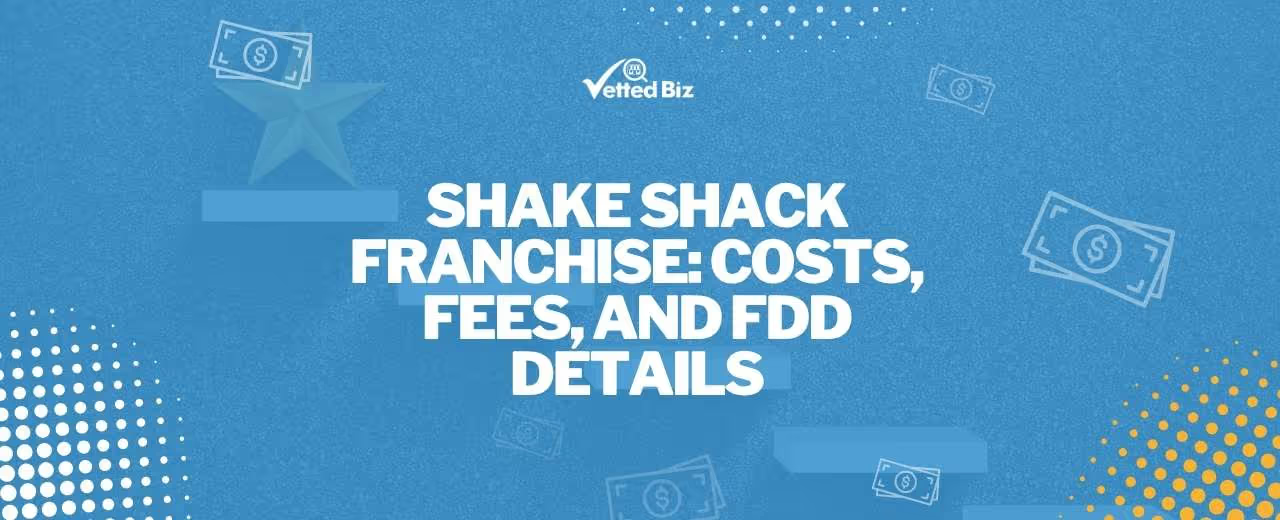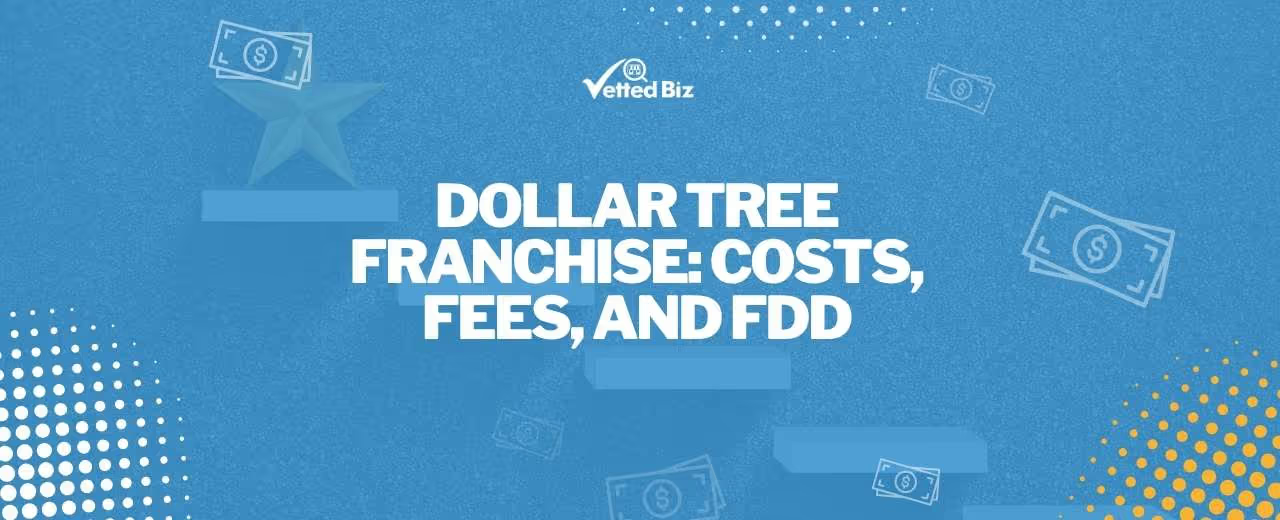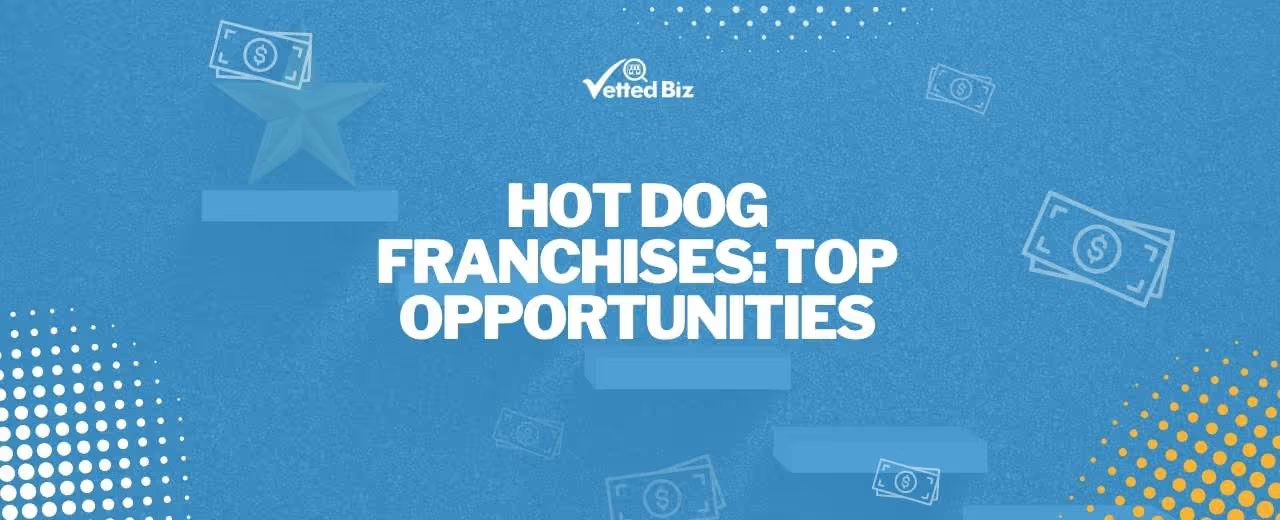Coffee Bean & Tea Leaf is a café offering premium coffee, espresso drinks, teas, and baked goods. The franchise serves high-quality beverages and snacks in a cozy atmosphere, with options for prepackaged products and branded merchandise.

Key Insights
- Coffee Bean & Tea Leaf originated from founders understanding that customers deserved significantly better options than what was currently available in the marketplace, leading to development of comprehensive service solutions that prioritize quality, reliability, and exceptional customer experiences.
- Operational efficiency systems reduce customer wait times and streamline service delivery without compromising the food quality and attention to detail that distinguish the brand from competitors, creating value through both convenience and culinary excellence.
- Regulatory developments create opportunities for professional service providers who maintain compliance standards and quality certifications, establishing competitive advantages for businesses that invest in proper training, procedures, and documentation to meet industry requirements.

Franchise Fee and Costs to Open
Exploring the financial picture of Coffee Bean & Tea Leaf gives insight into both the upfront commitment and the potential revenue opportunity. According to FDD Item 7, opening this franchise typically involves an investment in the range of $940,665 - $1,430,177, along with a franchise fee of $12,500 - $25,000.
Financial Performance and Revenue
Yearly gross sales of $767,067 and estimated earnings of $92,049 - $115,061 show the potential financial performance of this franchise. These figures are crucial for prospective franchisees as they help to project revenue and profitability. They offer insight into the business's ability to generate income and can be used to compare its performance against other investment opportunities. The Franchise Payback Period of 11.9-13.9 provides an estimation of the time it might take for an owner to recover their initial investment. This metric is a key consideration for anyone evaluating the financial viability of a franchise, as it relates directly to the speed at which the business can become profitable. A shorter payback period can indicate a faster return on capital, which is a significant factor in making an informed decision about a franchise investment.
Training and Resources
Coffee Bean & Tea Leaf provides comprehensive training and resources for new franchisees. Initial training offers a robust program, typically lasting two to three weeks, held at a dedicated training facility. This program covers essential operational knowledge and brand standards. Coffee Bean & Tea Leaf also offers ongoing support and resources to assist with business development and operational excellence.
Legal Considerations
Legal considerations for a Coffee Bean & Tea Leaf franchisee are outlined in the Franchise Disclosure Document (FDD) and the Franchise Agreement. Note that this franchise discloses lawsuits and/or bankruptcy information in its FDD, which may impact your evaluation. Subscribe now to access more details and be sure to consult a qualified attorney before proceeding.
Challenges and Risks
Operating a coffee and tea franchise requires careful consideration of several potential hurdles. Local market competition from established brands and independent cafes can impact customer acquisition and loyalty. The operational complexity of managing staff, inventory, and maintaining consistent quality across beverages and food items presents an ongoing challenge. Furthermore, a reliance on specific supply chains for premium coffee beans and specialty teas means any disruptions can affect product availability and cost.



